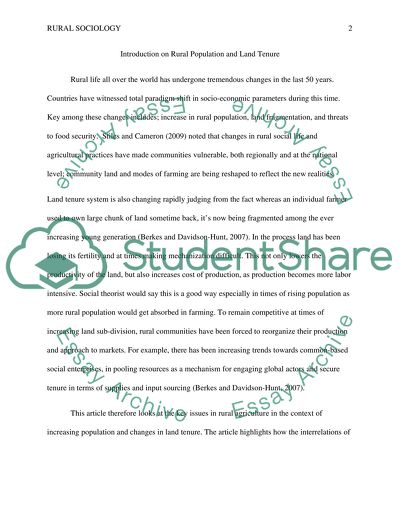Cite this document
(“Introduction On Rural Population And Land Tenure Essay”, n.d.)
Introduction On Rural Population And Land Tenure Essay. Retrieved from https://studentshare.org/sociology/1463013-new-developments-in-land-tenure
Introduction On Rural Population And Land Tenure Essay. Retrieved from https://studentshare.org/sociology/1463013-new-developments-in-land-tenure
(Introduction On Rural Population And Land Tenure Essay)
Introduction On Rural Population And Land Tenure Essay. https://studentshare.org/sociology/1463013-new-developments-in-land-tenure.
Introduction On Rural Population And Land Tenure Essay. https://studentshare.org/sociology/1463013-new-developments-in-land-tenure.
“Introduction On Rural Population And Land Tenure Essay”, n.d. https://studentshare.org/sociology/1463013-new-developments-in-land-tenure.


